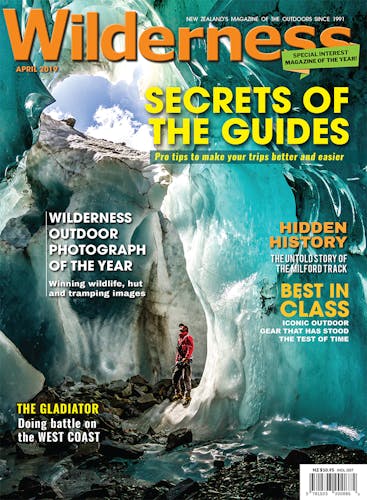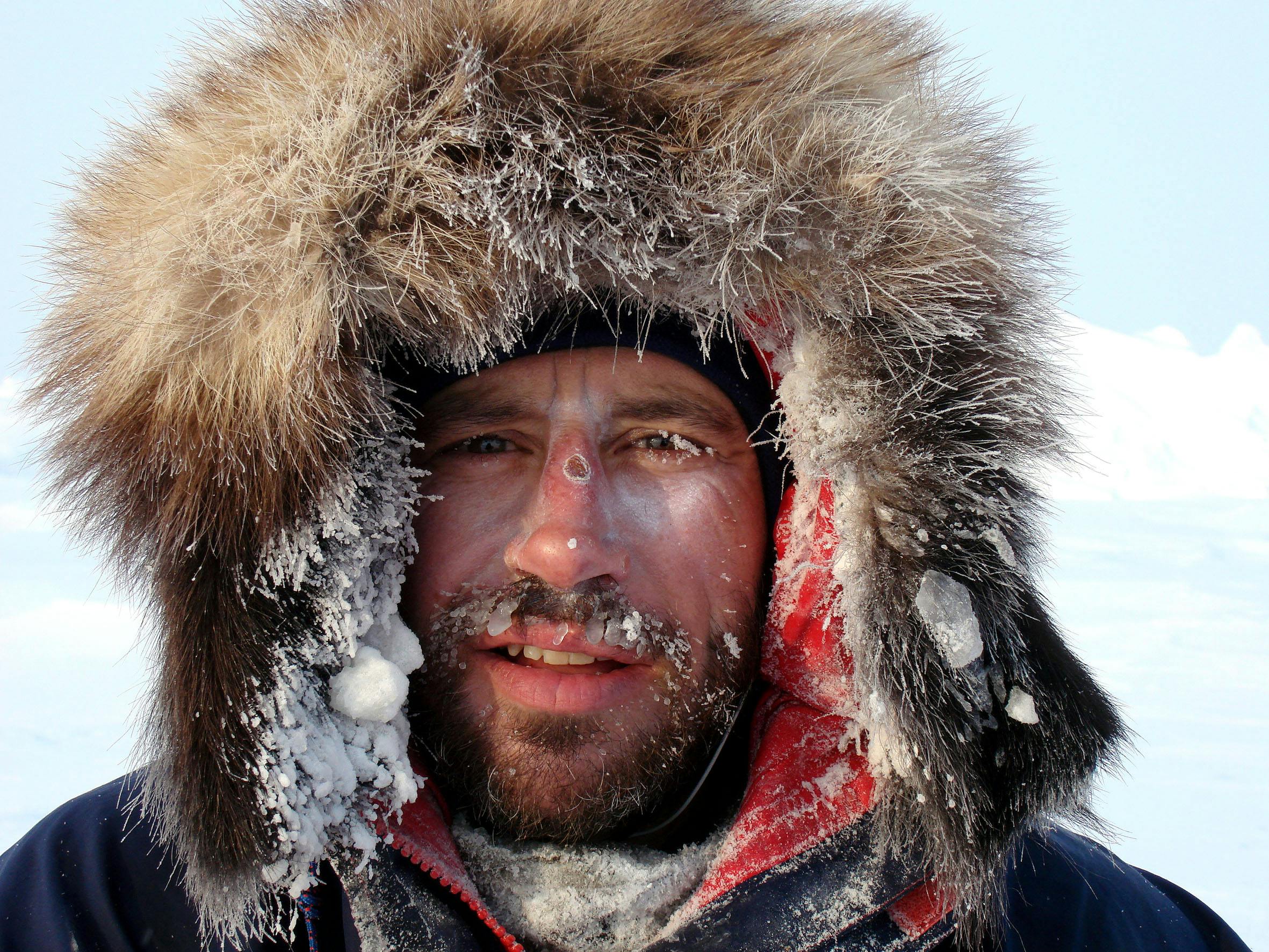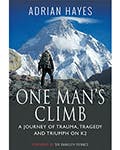British adventurer Adrian Hayes’ book One man’s climb chronicles his two attempts on K2 in 2013 and 2014. But much of the book examines the tragic deaths of Kiwi mountain guide Marty Schmidt and his son Denali who were hit by an avalanche on the mountain in 2013. Hayes was one of the last people to talk to the Schmidts as he descended from Camp Two in heavy snow.
What were your impressions of the Schmidts?
Marty was extremely well known across the adventure world. He was strong, very competent. Denali was only 25 but strong, competent and well-skilled.
But when you talk about personality, that’s where they both differed massively. Marty was effervescent, quite an opinionated guy, assertive, forceful and friendly with it as well. Typical alpha male type, but with a caring side as well. Denali was much more thoughtful, much quieter, more keen to ask questions than share his views.
In 2013, snow conditions forced everyone off the mountain before reaching Camp Three. But Marty and Denali stayed. What lessons can we take from their death under these circumstances?
They were strong, they were competent, they were acclimatised and they were going for it. But when self-belief becomes a little bit, I hate to say the word arrogant, but when you go up in bad snow conditions and dismiss what the rest have thought – that it was too dangerous – perhaps that’s the day self-belief became unchecked. I think it needs some humility, humbleness. Marty was pretty dismissive about everyone going down. His comment at Camp Two – ‘When it snows, it snows!’ – shows he was pretty dismissive of the whole thing.
What do you make of someone as experienced as Marty ignoring the advice of the Sherpas who said it was too dangerous to continue?
It was surprising. To push through deep snow, you need numbers no matter how strong you are. That comes back to that self-belief coming a bit lost in reality. Far from ‘when it snows, it snows’, when it snows you’ve got to give it two or three days to settle down and compact before you go up. I think a big significance was it was Marty’s third time, Denali’s last time before going off to study.
In reading your final encounter with Marty and Denali, when their teammate Chris Warner decides to leave Camp Two with you, it seems crazy for anyone to stay. Would anything have got them to come down do you think?
No, nothing. We’d been speaking for a couple of minutes and Marty was doing all the speaking. It was only after a couple of minutes that Chris piped up and slightly sheepishly said he’s decided to come down.
I looked for signs of disagreement, but Marty and Denali were fine about it. Marty was pretty headstrong about going up. Chris made the right call and it must have been pretty hard for him to leave his teammates, but he made a sensible decision.
How much of a role do you think summit fever played in Marty and Denali’s decision to continue climbing when everyone else had called it off?
He [tried K2] twice before. The sensible decision would have been to come down with all of us and then we would have had a much stronger party to go back on up in a week’s time, but the avalanche that killed them wiped out all chance of that in any case. But that’s hindsight.
Why do people get summit fever?
You put a lot of money into it, and nowadays there’s very little publicity in climbing Everest or even K2, so you’re paying for it yourself.
So you’ve paid a lot of money and you’ve trained for a long time, it’s hard to give up for assumptions [like] thinking the weather is bad. The temptation to go, whatever, is obviously strong. There’s that great quote of Ed Viesturs, ‘Getting to the top is optional. Getting down is mandatory’.
In your book, you criticise ‘adventure for charity’ – what’s your gripe here?
If I said I’m climbing K2 to raise awareness of pancreatic cancer, I’m talking crap. I did K2 for myself. These expeditions I do for myself.
And I think in all honesty, with a few exceptions, most people do it for themselves. If you’re really passionate about that cause or that charity, that $75,000 you paid to go to Everest, why not put it straight into the charity?
– Hayes is visiting New Zealand on his book tour in the first week of April
Buy One Man’s Climb from the Wilderness Book Store for $34.99. Subscriber’s, be sure to log in to receive a 10% discount.









